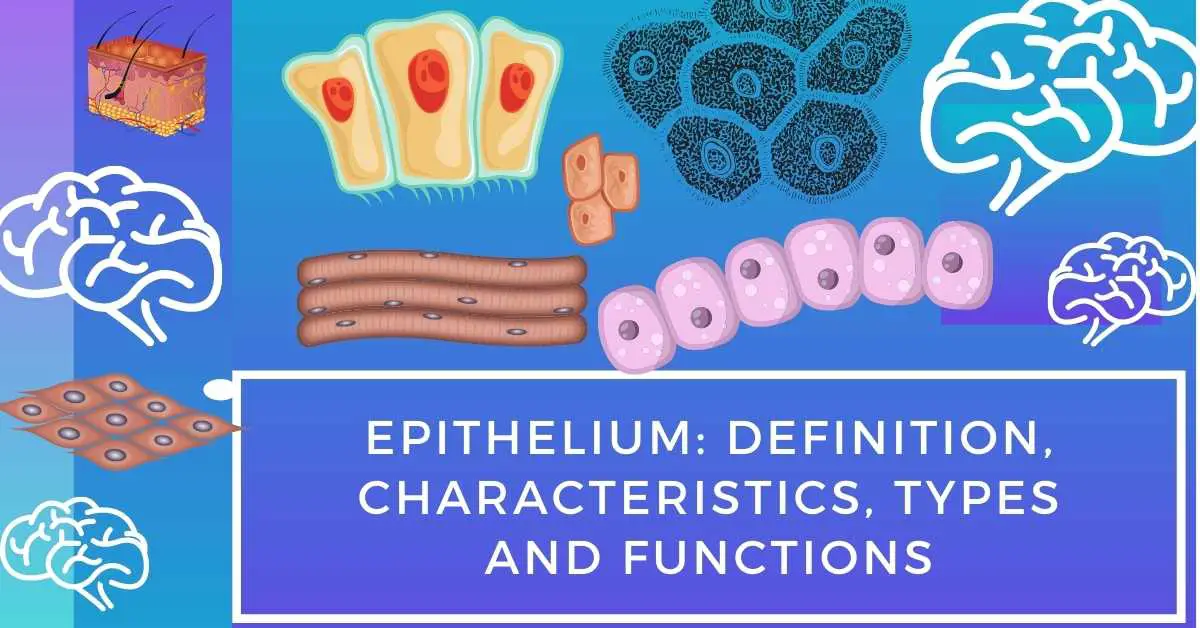Mineral Requirements of Fish
Minerals are a type of basic elements. Mineral elements are the inorganic elements that are required for the management and maintenance of important physiological processes in the organism. Some important minerals are Calcium, Phosphorus, Sodium, Sulfur etc. Minerals act as biological catalysts for enzymes, hormones and protein in the body. About 23 types of inorganic … Read more


